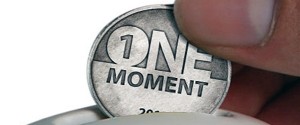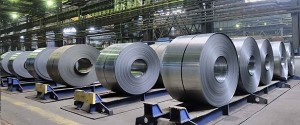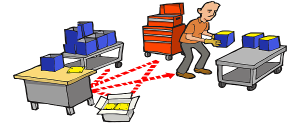
Poor quality and the resulting defects are a major source of cost for many companies. This is also a cost that is often under reported as there are direct and indirect effects of defects. A defect is any error in a process that makes a product or service less valuable to a customer, or that requires additional processing to correct the defect.
The adoption of lean at many companies started with a focus on quality. Total Quality Management was a major manufacturing initiative before lean was adopted on a widespread basis. It was easy for a company to recognize that defects were wasteful. As a result, quality initiatives designed to reduce and eliminate defects are often some of the most mature lean initiatives in a company.
Causes of Defects
Defects arise out of processes that are poorly controlled. A well designed process should produce acceptable results every time. Few processes can achieve perfect quality every time. Variations in raw materials, changes to machine setups, wear and tear on equipment, improper maintenance, poor training, and worker error can all lead to variations and quality defects.
In an office environment, defects also occur. Poor planning, slow communications and inadequate training can all lead to errors in work.
Results of Defects
Defects cause both direct and indirect costs. The direct costs are the lost materials and labor that went into the part that was defective, and the rework costs associated with correcting the defect.
Indirect costs from defects can be crippling to a company. Every defective part that is produced uses capacity. When demand is high and a bottleneck exits, defects will lead to lower revenues. If defects are not identified and corrected, they can reach the customer. A dissatisfied customer could be a best case scenario when you consider that substantial lawsuits are often a result of product defects. There are numerous examples of defective quality leading to crippling liability awards in food, medical device, pharmaceutical, automotive, toy making, and other industries.
In an office environment, defects can be even more substantial than in manufacturing. Office workers are often responsible for product design, service delivery, planning and scheduling, and compliance and corporate governance. The failure to correctly assess risks at Lehman Brothers, or the failure to recognize improper trading by investors who trusted Bernie Madoff were high profile errors in risk management processes.
Solutions for Defects
Improving quality and reducing defects have been studied and refined over a number of decades. Total Quality Management is a great framework for improving quality. Poke-a-Yoke is the lean activity where a process is error proofed. More recently, Six Sigma has grown out of the TQM movement into a set of tools for refining processes and improving quality.
Overall, the lean methodology can be viewed as a set of tools and techniques for removing defects. Streamlining processes and removing waste are activities geared toward delivering consistent value with minimal waste. This can only be accomplished when processes are well designed and developed to ensure high quality products and services with minimal expenditure of resources.




